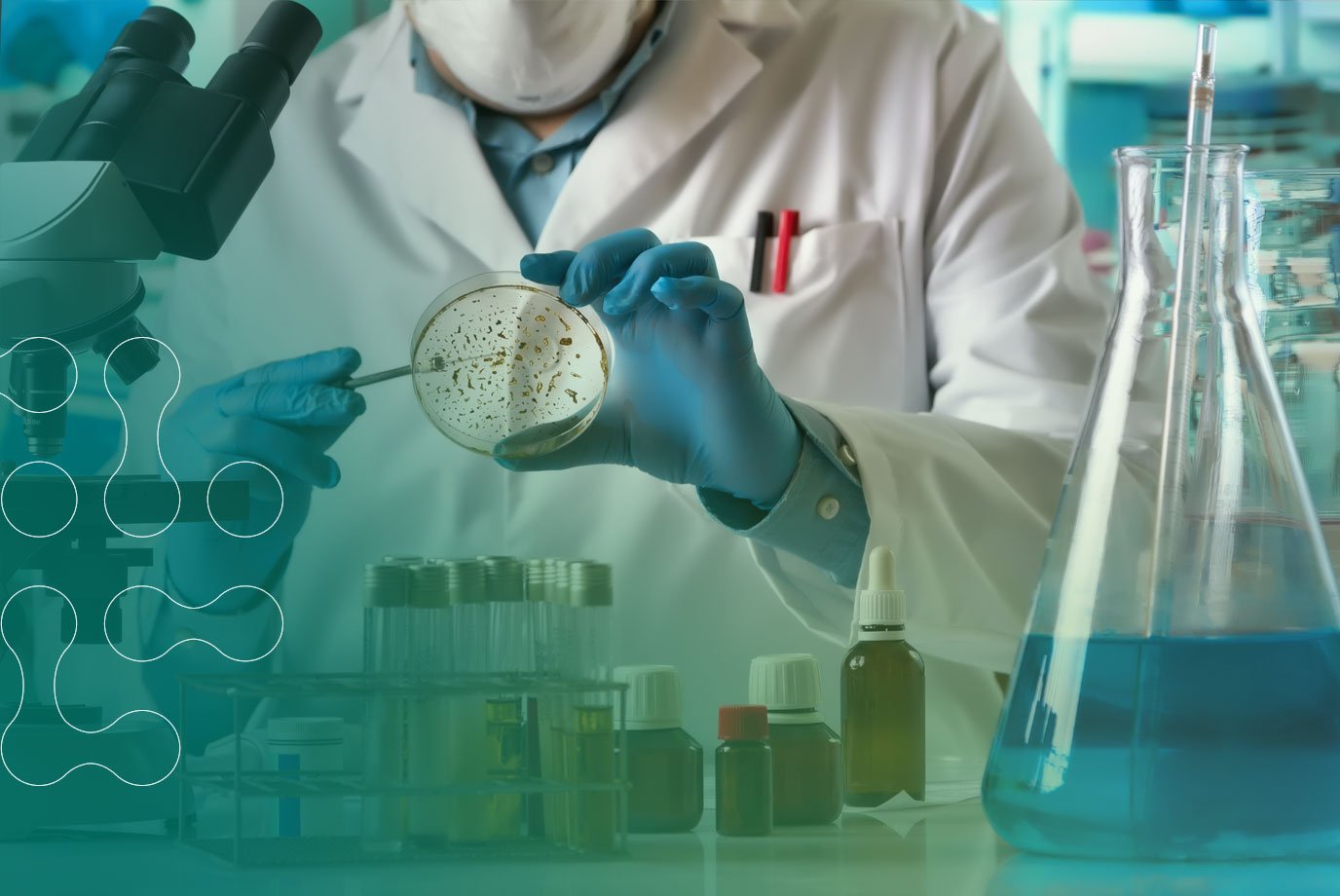A great guest experience has always been synonymous with the hospitality industry. Attracting new guests, elevating their experience so they become valued regulars, and staying ahead of market demands require significant effort. Achieving this involves deep strategic planning while balancing the unique challenges of this dynamic industry.
One particular challenge is staff shortages and retention, with an 83% increase in hospitality-related vacancies advertised in the UK job market. Without adequate support from staff, maintaining clean and welcoming spaces has become an uphill battle. Many decision-makers are forced to make drastic cuts in other areas of their operations, with 45% of hospitality businesses shortening opening hours or reducing guest capacity, affecting the business's opportunity for growth and increased profit margins.
While broader societal factors contribute to the decline in hospitality staff, there are steps decision-makers can take to alleviate the workload and stress on their teams. Maintaining aesthetically pleasing and clean spaces is essential, but not all cleaning products on the market help achieve this. In fact, many popular traditional cleaning chemicals add to the workload: a significant issue when businesses are already struggling with low staff and high demands.
Sticky Situations in the Dining Room
Maintaining a clean and welcoming space for guests is crucial for making a good impression. In the restaurant industry, hygiene is key to a positive dining experience. Sticky tables, often caused by QUAT-based products, can give guests the impression that surfaces are unclean, even when they are not.
QUATS (Quaternary Ammonium Compounds) are a group of several hundred chemicals used in various products, including surfactants and disinfectants. They have been popular in traditional cleaning products like dishwashing liquids and all-purpose cleaners due to their effectiveness in killing bacteria and germs. The most commonly used QUATS include Benzalkonium Chloride (BAC or BKC, CAS No. 68424-85-1) and Didecyldimethylammonium Chloride (DDAC, CAS No. 7173-51-5).
QUATS are cationic surfactants that attract negatively charged matter, leading to a build-up of organic material. If not wiped and cleaned thoroughly, QUATS can leave a residue that sticks to surfaces long after cleaning. This means that surfaces cleaned with QUAT-based products often require an additional cleaning step, adding to the workload of an already overstretched team.
These ingredients are under public scrutiny, with research suggesting they are among the most harmful in the marketplace. Research highlights the environmental impact of QUATS, as they can enter water systems and affect aquatic life. Additionally, there is growing evidence of their adverse effects on human health. Short-term issues include rashes, migraines, and coughs, while long-term effects can involve increased inflammatory levels in the lungs, work-associated asthma, and reproductive health issues for both men and women.
For an industry already struggling with staff retention, using products containing QUATS undermines a people-first approach. Moreover, QUATS can exacerbate staff sickness and increase daily cleaning workloads.
Too Many Chemicals Spoil the Kitchen
In many hospitality businesses, the kitchen is the heart of operations. Whether it’s a hotel offering a morning meal for guests or a luxury restaurant attracting diners with expertly crafted dishes, the kitchen is crucial. Guests not only eat the food but also judge cleanliness, with 85% of participants in a recent study saying a clean restaurant is as important as food quality.
Commitment to cleanliness extends beyond surfaces and cooking equipment to the kitchen floor, which faces high traffic, spills, and debris. Many businesses rely on kitchen floor cleaners to maintain spotless conditions. However, the ingredients in these cleaners can add to the workload.
Petroleum-based solvents and cleaning agents have been used for decades for cleaning solutions. They may contain mineral spirits and other chlorinated solvents, praised for their effectiveness in removing, grease, grime, and oil, but also pose an increase of health safety risks and cleaning workloads. These products leave a sticky residue if not rinsed or evaporated completely, like QUATS. This residue either adds another layer from the next clean, adding to the issue of slippery floors, or requires an additional rinsing step; creating a slip hazard and adding to the already busy kitchen environment.
Additionally, petroleum-based solvents may be flammable, increasing the risk of fire hazards if not properly dosed and stored. Even cleaning equipment like rags, soaked in these chemicals, can risk combustion, especially in a room like a kitchen that relies on controlled flames.
Finally, petroleum-based solvents release Volatile Organic Compounds (VOCs), contributing to indoor air pollution and causing health issues such as eye, nose, and throat irritation, asthma symptoms, headaches, and vomiting.
Disruption in the Bathroom
After enjoying a good meal or a relaxing stay, guests inevitably visit the on-site toilet facilities. A clean bathroom is essential, with 97% of participants stating that an unhygienic bathroom would deter them from returning, even if the rest of their experience was positive.
For businesses aiming to keep their bathrooms aesthetically pleasing, traditional acids like Hydrochloric and Phosphoric are often the go-to solutions. These acids are commonly found in tub, tile, sink, and toilet bowl cleaners, praised for their ability to remove scale, rust, uric acid, stains, mineral deposits, and soap residue.
Once considered the obvious choice for bathroom cleaning, Hydrochloric acid, however, is highly corrosive and aggressive. It can damage organic materials and metals, affecting surfaces like enamel, which may leave them appearing stained and dirty. This not only compromises the visual appeal of the bathroom but also adds a financial burden for businesses, as they may need to replace damaged items.
Hydrochloric acid is also under scrutiny for its harmful impact on human health. It is corrosive to skin, eyes, and mucous membranes, and it releases hydrogen chloride vapours, which can irritate respiratory conditions. In high concentrations, these vapours make it difficult to breathe.
As a result, many products have shifted to using Phosphoric acid, deemed a safer alternative due to its lower vapour risks. However, Phosphoric acid is still corrosive and damaging to surfaces. Ongoing research has also highlighted its significant negative impact on the environment, with links to aquatic toxicity and a decline in biodiversity.
What Can Hospitality Businesses Do?
Cleanliness, health, and aesthetics are vital to the hospitality trade, but the reliance on certain synthetic chemicals puts many businesses at a disadvantage. Those in the industry should get to know the chemicals in their cleaning products and make fully informed decisions. However, with an already stretched workload, researching each cleaning product can require more labour than many businesses have.
Here are some key points those in hospitality should look for to better their operations and safeguard people:
Is it an eco-product? While not all eco-products are equal in the cleaning market, many that are authentic in their approach to sustainability and use sustainable, renewable ingredients that carry a lower hazard classification. Always check the SDS sheet for each brand. Using these alternative cleaning products can help promote a healthier work environment, address cleaning-related illnesses for staff, and demonstrate your environmental stance to guests.
Residual Cleaning: Many cleaning products claim residual cleaning or long-lasting protection, which is appealing as it means less frequent deep cleans are needed, saving time through extended cleaning intervals.
Yet, as seen above, the residue from many chemical-based cleaners often leaves unwanted side effects, creating more work and defeating the appeal of a residual clean. Biotech cleaning products, however, provide residual cleaning without trade-offs. The natural ability of microbes to continuously clean means businesses can truly benefit from a residual cleaning product.
Odour Removal: Masking a smell doesn't work for the reasons explained above. Having a cleaning agent that is natural and works to eliminate odours at the source means businesses no longer need to trade off health, assets, and frequent odour-removing deep cleans.
Look for Organic Acids: Corrosive acids, like those previously mentioned, not only pose a risk to business assets but also threaten the health and safety of customers and staff, as well as environmental credentials. To mitigate these risks, consider adopting organic acids. These acids are effective at dissolving and removing mineral deposits such as limescale, calcium, and magnesium build-up, while being less aggressive and more environmentally friendly compared to harsher alternatives. By using organic acids, you can prevent potential damage to assets and ensure a safer, more user-friendly maintenance approach.
Reflecting on Challenges and Improving Practices
As hospitality businesses continue to face different challenges, it's important to recognise how the choice of cleaning products has played a role in these difficulties. Products that are overly harsh or corrosive may solve immediate cleaning issues but can lead to long-term problems, such as asset damage, user hazards, and environmental concerns.
To move forward effectively, businesses should consider the following steps:
- Identify Problem Areas: Take a close look at the issues that have arisen from current cleaning practices, whether it's wear and tear on surfaces, health and safety risks, or environmental impact.
- Assess Product Impact: Understand how the cleaning products you're using may be contributing to these problems. This includes not only their effectiveness but also their long-term effects on assets, people, and the environment.
- Explore Safer Alternatives: Research and trial less aggressive cleaning solutions, such as organic acids and plant derived cleaning agents that can address cleaning needs without the associated risks.
- Implement Changes: Transition to these safer alternatives where possible, ensuring that staff are fully trained on their proper use.
If you need help with the next steps in helping your business towards better cleaning and maintenance practices, then please reach out to our experts.




